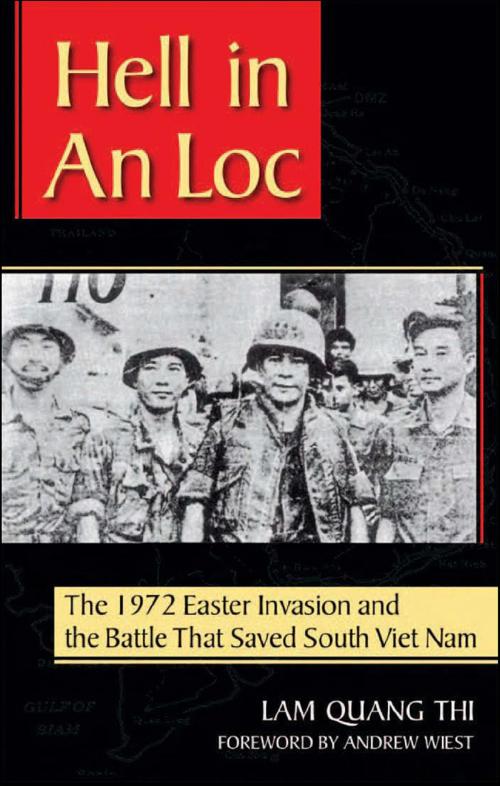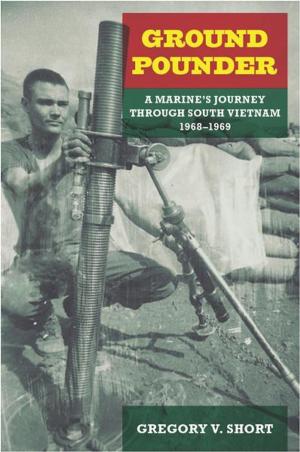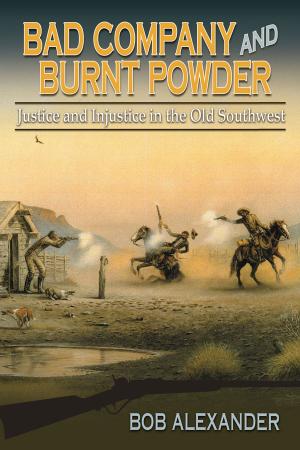Hell in An Loc
The 1972 Easter Invasion and the Battle That Saved South Viet Nam
Nonfiction, History, Asian, Southeast Asia, Military, Vietnam War| Author: | Quang Thi Lam | ISBN: | 9781574413595 |
| Publisher: | University of North Texas Press | Publication: | November 15, 2009 |
| Imprint: | Language: | English |
| Author: | Quang Thi Lam |
| ISBN: | 9781574413595 |
| Publisher: | University of North Texas Press |
| Publication: | November 15, 2009 |
| Imprint: | |
| Language: | English |
In 1972 a North Vietnamese offensive of more than 30,000 men and 100 tanks smashed into South Vietnam and raced to capture Saigon. All that stood in their way was a small band of 6,800 South Vietnamese (ARVN) soldiers and militiamen, and a handful of American advisors with U.S. air support, guarding An Loc, a town sixty miles north of Saigon and on the main highway to it. This depleted army, outnumbered and outgunned, stood its ground and fought to the end and succeeded. Against all expectations, the ARVN beat back furious assaults from three North Vietnamese divisions, supported by artillery and armored regiments, during three months of savage fighting. This victory was largely unreported in the U.S. media, which had effectively lost interest in the war after the disengagement of most U.S. forces. Thi believes that it is time to set the record straight. Without denying the tremendous contribution of the U.S. advisors and pilots, this book is written primarily to tell the South Vietnamese side of the story and, more importantly, to render justice to the South Vietnamese soldier.
In 1972 a North Vietnamese offensive of more than 30,000 men and 100 tanks smashed into South Vietnam and raced to capture Saigon. All that stood in their way was a small band of 6,800 South Vietnamese (ARVN) soldiers and militiamen, and a handful of American advisors with U.S. air support, guarding An Loc, a town sixty miles north of Saigon and on the main highway to it. This depleted army, outnumbered and outgunned, stood its ground and fought to the end and succeeded. Against all expectations, the ARVN beat back furious assaults from three North Vietnamese divisions, supported by artillery and armored regiments, during three months of savage fighting. This victory was largely unreported in the U.S. media, which had effectively lost interest in the war after the disengagement of most U.S. forces. Thi believes that it is time to set the record straight. Without denying the tremendous contribution of the U.S. advisors and pilots, this book is written primarily to tell the South Vietnamese side of the story and, more importantly, to render justice to the South Vietnamese soldier.















